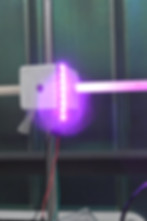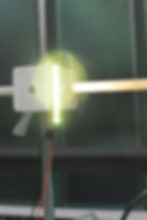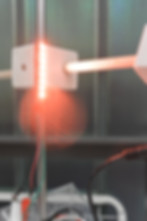


The Personal Plant Observer (2020)
Experts : Shem Johnson, Dr.Kotaro Takoyama, Jeremy Keenan, et Sami Sabik
Featured on Symbiont Mag.com
As humans, we take distance from other living species as if we were the only relevant” living being on the planet. We can become empathetic with living beings whom we can identify behaviours related to ours – sadness, stress, depression, joy- which are often shown physically, in a way that other living beings from the same species can comprehend and understand their feelings and needs easily. Physical emotional behaviour is the most direct way for an animal to communicate its emotional needs since it’s what we could call the most visual way for it to be expressed. But us humans as the dominant species at the current time, have taken a distance from the other species especially the plant kingdom : which we view as a non-sensible living species kingdom…
Whereas they are in reality more complex than humans tend to think – although they can’t hear, talk, touch, or see, if we want to understand their real nature, and how they communicate, we should regard them as a living system with a unique set of senses and physiological characteristics than comparing them with our human senses.
So I’ve come to the simple question : how can we translate plants' feelings, and communications to a human audience?
How can we translate plants feelings, and communications to a human audience ?


Purple light -
Device power on (2 second duration)


Red light -
an insect is detected and the stomatas close (works on the day but also at night-only identifies insects)
Yellow light -
Water stress signal, stomatas close during
the day
Microscope observations
Prototype
The project consists in a device which looks at the leaves of the plant (usually the bottom part) and identify stomatal movements during the day: a light then turns on if the stomata closes on the day – turns orange if the plant needs water, and turns red if it is attacked by a pathogen. The data is translated by an AI to send it to a microcomputer (a Raspberry Pi Zero in this case) which then sends it to the lights.
This technology could be used for actual house plants as well as crops, especially in urban city farms where there is not as much space as countryside’s crops. Connected to a whole autonomous system, it could ease the development of non-GMO farms or home organic farms, where pesticides would not be as useful as before. But it could also help us meet their needs easier than before.
(from left to right)
1. crassulas/Jade plants open Stomatas
2. Stomatas on Common sowthistle leaves/Rhaphidophora aurea
3 - 4. Stomatas on Money plant leaf

Research & ideation


